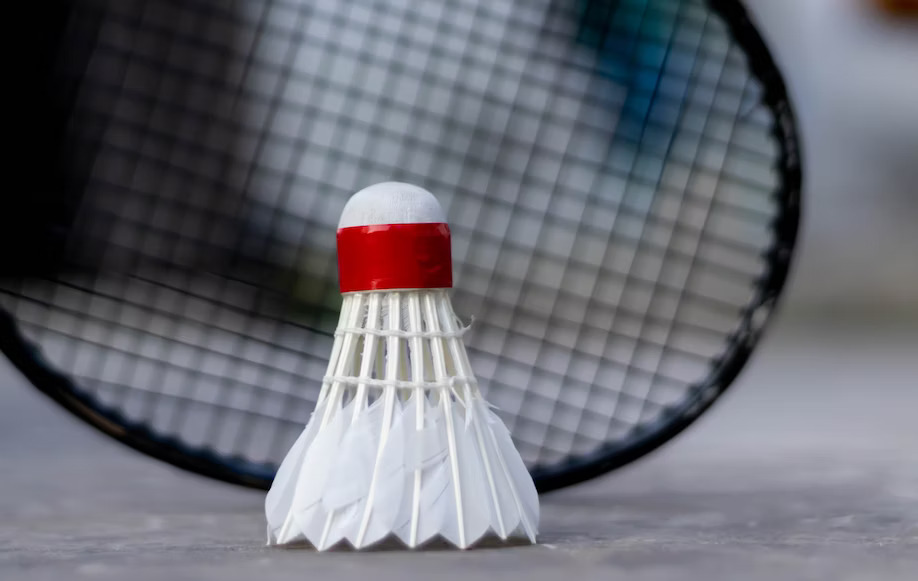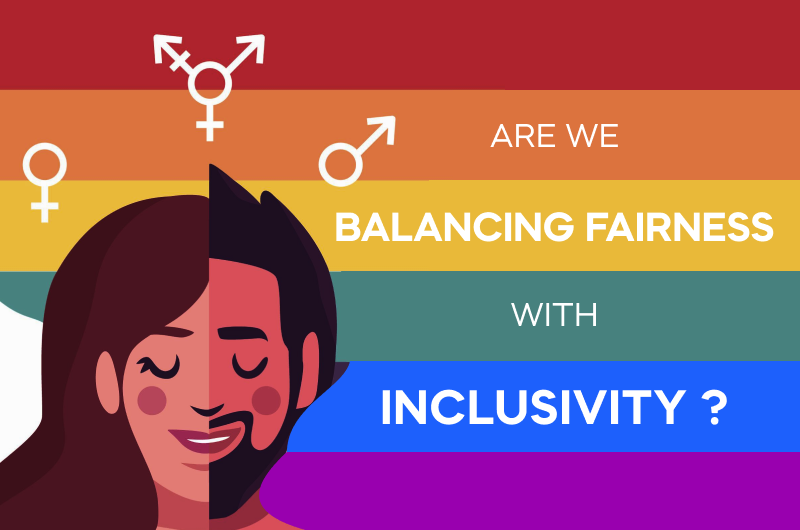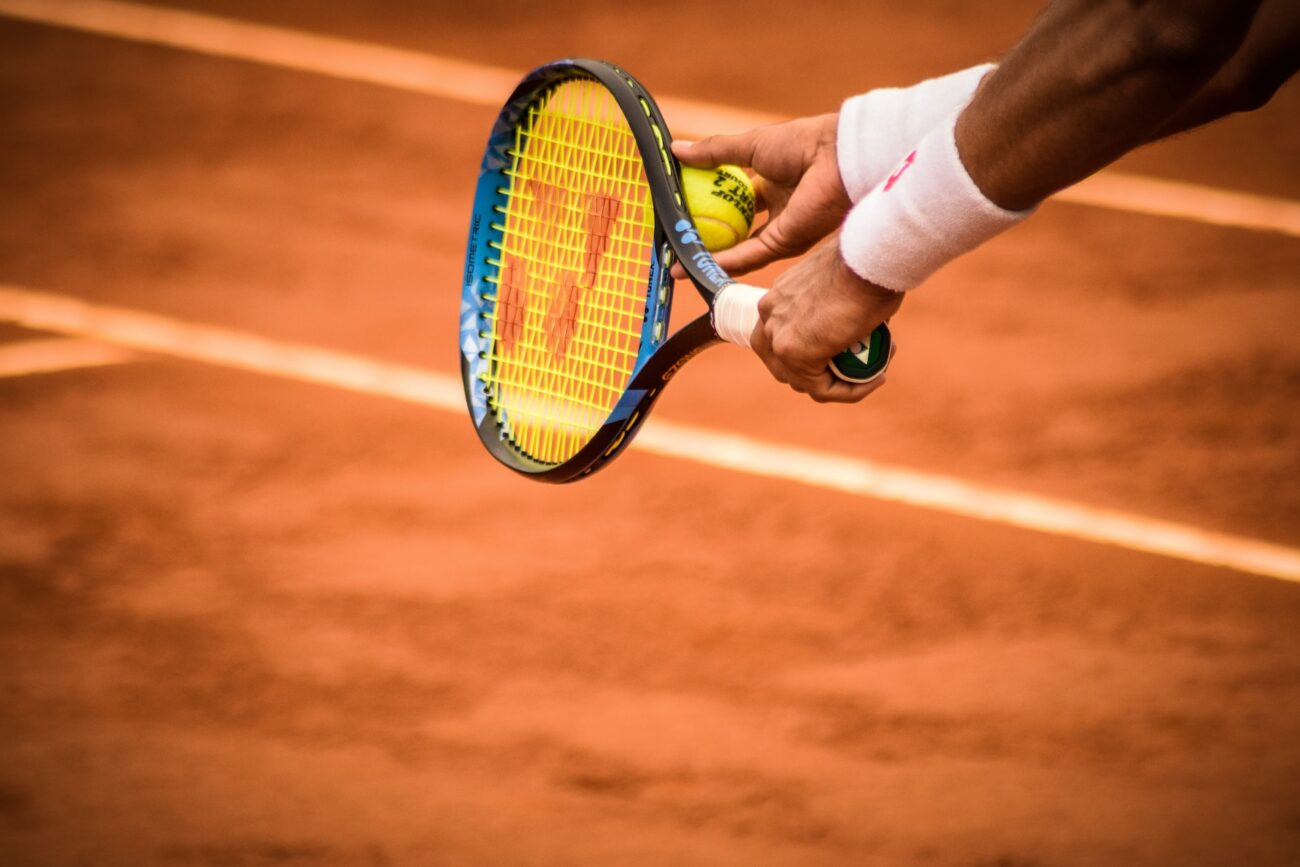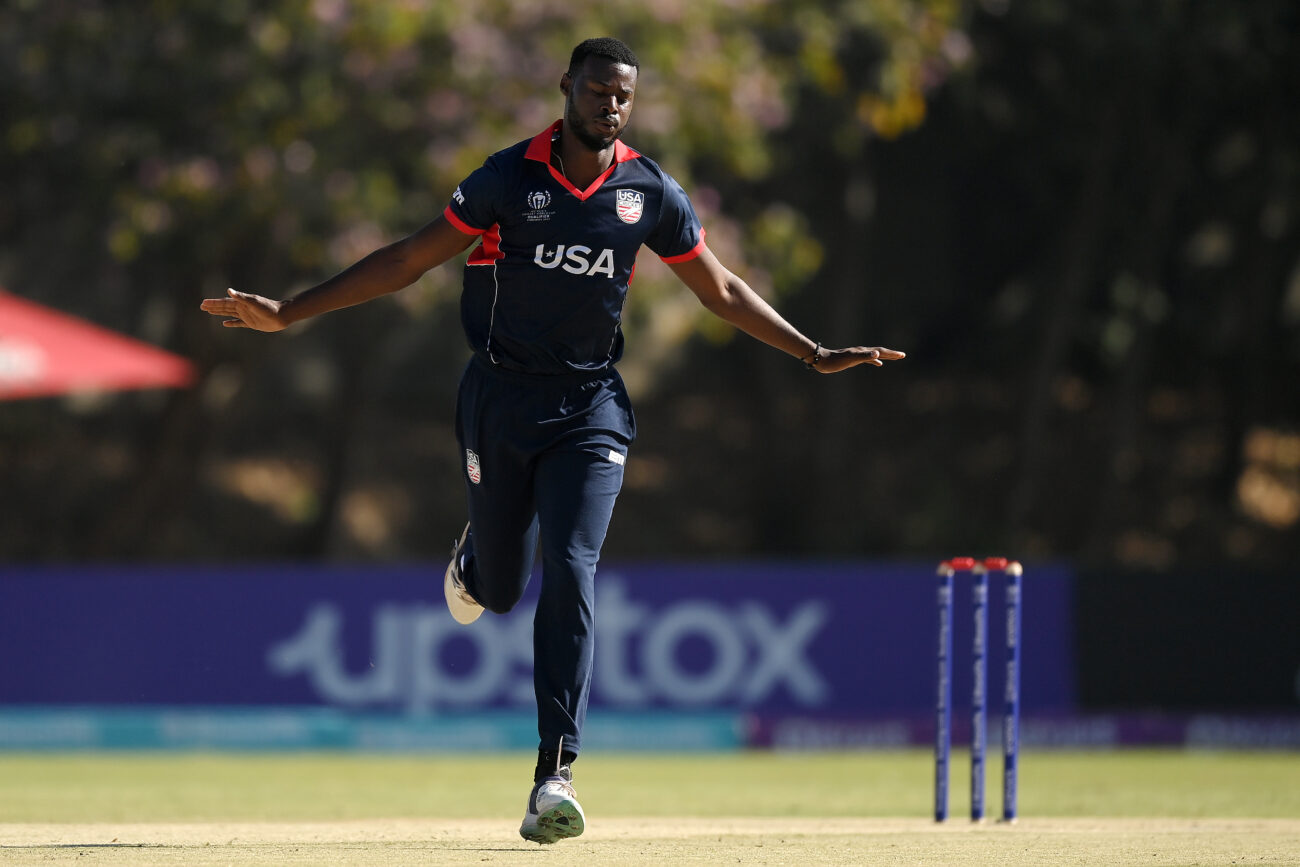The increasing popularity of badminton, both as a recreational activity and a professional sport, has led to a rise in demand for shuttlecocks of high quality. While traditional feather shuttlecocks have been a popular choice for many years, their fragility and high cost have prompted the emergence of hybrid shuttlecocks as a viable alternative. These shuttlecocks, which incorporate a blend of natural and synthetic materials, have gained traction within the badminton community due to their cost-effectiveness, consistency, and durability. As a result, experts are currently debating whether hybrid shuttlecocks are a passing trend or the future of badminton.
Are Hybrid Badminton Shuttlecocks the future?
Badminton has been enjoyed for centuries, requiring players to demonstrate skill, precision, and speed. The equipment used in badminton is crucial, with the shuttlecock being the most important component. Shuttlecocks are small and lightweight projectiles that players hit back and forth using racquets. For a long time, the traditional feather shuttlecock has been the preferred choice. However, with technological advancements, hybrid shuttlecocks have emerged as a viable option. In this article, we will explore the potential of hybrid shuttlecocks and discuss whether they are the future of badminton.
The Traditional Feather Shuttlecock
For many years, the traditional feather shuttlecock has been the favored option. This shuttlecock is crafted using the feathers of ducks or geese and has a base made of cork. Feather selection is critical to ensure that the shuttlecock’s weight and stiffness are appropriate. The shuttlecock is designed to be lightweight, allowing it to be hit at high velocities without causing harm.
Feather shuttlecocks are prized for their excellent flight characteristics. The feathers generate a considerable amount of drag, which slows the shuttlecock down and causes it to drop rapidly. This makes it simpler for players to anticipate where the shuttlecock will land, enabling them to position themselves appropriately. Feather shuttlecocks are also extremely responsive, making it easy for players to manipulate them and execute various types of shots.
Despite their excellent flight characteristics, feather shuttlecocks have a few drawbacks. They can be costly, with a single shuttlecock ranging from a few dollars to more than ten dollars. Additionally, they are fragile and can easily break if they are mishandled or hit too hard, which can be an issue for players who hit the shuttlecock with a lot of power.
The Rise of Hybrid Shuttlecocks
In recent years, hybrid shuttlecocks have emerged as a viable alternative to traditional feather shuttlecocks. Hybrid shuttlecocks are made from a combination of synthetic materials and natural feathers. The synthetic materials are used to create the base of the shuttlecock, while the feathers are used to create the skirt.
Hybrid shuttlecocks have several advantages over traditional feather shuttlecocks. First, they are more durable. The synthetic base is designed to be strong and resilient, meaning that it can withstand more punishment than a cork base. This makes hybrid shuttlecocks a more cost-effective option for players who play frequently.
Second, hybrid shuttlecocks are more consistent. Traditional feather shuttlecocks can vary in weight and stiffness, depending on the quality of the feathers used. Hybrid shuttlecocks, on the other hand, are manufactured to very tight tolerances, meaning that they are more consistent from one shuttlecock to the next. This makes it easier for players to adapt to different shuttlecocks during a match.
Third, hybrid shuttlecocks are more environmentally friendly. Traditional feather shuttlecocks require the use of natural resources and can result in a lot of waste. Hybrid shuttlecocks, on the other hand, use synthetic materials that can be recycled or reused.
Finally, hybrid shuttlecocks are more affordable. While the initial cost of a hybrid shuttlecock may be higher than a traditional feather shuttlecock, the durability and consistency of hybrid shuttlecocks mean that they can be used for longer periods. This makes them a more cost-effective option in the long run.
What are the advantages of Hybrid Shuttlecocks?
Hybrid shuttlecocks are still a relatively new development in the world of badminton, and as such, there is ongoing research into their effectiveness and impact on the sport. Some studies have shown that hybrid shuttlecocks perform just as well as traditional feather shuttlecocks in terms of flight characteristics, while others have found that feather shuttlecocks still have a slight edge in terms of spin and speed.
There is also ongoing research into the environmental impact of shuttlecocks. While hybrid shuttlecocks are more environmentally friendly than traditional feather shuttlecocks, there are concerns about the production and disposal of synthetic materials used in their construction. Some manufacturers are working to create more sustainable hybrid shuttlecocks by using recycled materials and reducing waste in production.
As with any new technology, there are also concerns about the impact of hybrid shuttlecocks on the sport of badminton. Some critics argue that hybrid shuttlecocks may lead to a homogenization of the game, with players relying more on the consistency of the shuttlecock rather than their own skills and abilities. Others worry that the cost-effectiveness of hybrid shuttlecocks may lead to a decline in the quality of shuttlecocks used in lower-level play.
Despite these concerns, it is clear that hybrid shuttlecocks are here to stay and will continue to be an important part of the badminton landscape. They offer a number of advantages over traditional feather shuttlecocks, including durability, consistency, and cost-effectiveness. As technology continues to advance, it is likely that hybrid shuttlecocks will become even more sophisticated, potentially offering new advantages and benefits for players.
In the end, the debate over whether hybrid shuttlecocks are the future of badminton is one that will likely continue for years to come. But one thing is certain: as the sport continues to
evolve and adapt to new technologies and innovations, shuttlecocks will remain a critical component of the game. Whether players choose to use traditional feather shuttlecocks or hybrid shuttlecocks, the key is to continue to play the game with skill, precision, and sportsmanship.
Traditional Shuttlecock vs Hybrid Shuttlecock
The rise of hybrid shuttlecocks has sparked a debate in the badminton community. Some experts believe that hybrid shuttlecocks are the future of badminton, while others believe that traditional feather shuttlecocks will continue to be the preferred choice.
Those who support hybrid shuttlecocks point to the advantages mentioned earlier. They argue that hybrid shuttlecocks are a more cost-effective and environmentally friendly option. They also note that hybrid shuttlecocks offer a more consistent playing experience, which is important for players who want to improve their skills.
On the other hand, supporters of traditional feather shuttlecocks argue that they offer a unique playing experience that cannot be replicated by hybrid shuttlecocks. They point to the flight characteristics of feather shuttlecocks and argue that they are an essential part of the game. They also note that feather shuttlecocks have a long history in the sport and that they are highly valued by many players.
Ultimately, the debate over the future of shuttlecocks in badminton is a complex one. There are advantages and disadvantages to both traditional feather shuttlecocks and hybrid shuttlecocks, and the decision over which to use ultimately comes down to personal preference.
It is also worth noting that different levels of play may require different types of shuttlecocks. Professional players may prefer traditional feather shuttlecocks due to their flight characteristics and responsiveness, while amateur players may prefer hybrid shuttlecocks due to their durability and cost-effectiveness.
In conclusion, hybrid shuttlecocks have emerged as a viable alternative to traditional feather shuttlecocks in badminton. They offer several advantages, including durability, consistency, and cost-effectiveness. However, the debate over whether they are the future of badminton is a complex one. Supporters of traditional feather shuttlecocks argue that they offer a unique playing experience that cannot be replicated by hybrid shuttlecocks.
Ultimately, the decision over which type of shuttlecock to use comes down to personal preference. Different levels of play may also require different types of shuttlecocks. However, it is clear that hybrid shuttlecocks are here to stay and will continue to be a popular option for many badminton players in the future.









